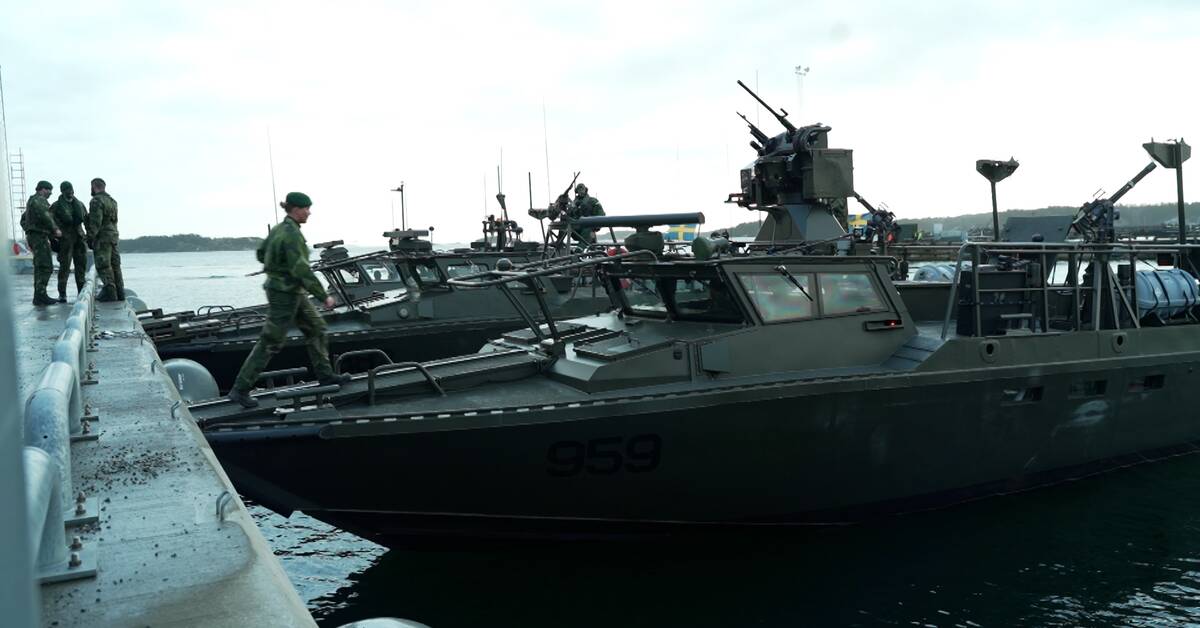It is huge money that will be invested extra in the defense when Sweden is to reach the new two percent goal announced by the government, and which has been welcomed by the opposition on the right.
If we were to increase the allocation to the defense to two percent of GDP already this year, it would be an increased annual expenditure of SEK 42 billion.
When the government announced the new two percent target on March 10, Minister of Finance Mikael Damberg was careful to emphasize that it requires sustainable funding.
- The situation here and now requires a discussion about how we strengthen the state's revenues in a solidary and sustainable way.
You can call it an emergency tax, said Mikael Damberg, among other things.
Quite the opposite
But it turns out that the majority in the Riksdag abruptly says no to that idea.
The parties on the right within the opposition want to solve the financing in some other way.
- We need to prioritize on the expenditure side.
The Sweden Democrats are not prepared to introduce any new taxes or to raise existing taxes.
We say no to such a solution, says Oscar Sjöstedt who is the Sweden Democrats' economic policy spokesperson.
SD: Reduce aid instead
The Sweden Democrats point to a sharp reduction in development assistance and a reduction in labor market policy programs, which share where you can take resources to instead invest in defense.
Others, such as the Liberals and the Moderates, point out that the investment in high-speed trains must be put aside.
- Away with bragging projects like high-speed trains and halving subsidy crimes, we have ten billion just there.
There are other ways to prioritize than letting households pay with even higher taxes, says Elisabeth Svantesson, who is the Moderates' economic policy spokesperson.
Continued conversations
With reference to the fact that all this is the subject of negotiations, Minister of Finance Mikael Damberg does not want to comment on the fact that a majority in the Riksdag nobs his idea of an emergency tax.
He refers to continued discussions within the Defense Committee and is also awaiting a response from the Armed Forces, which will make an assessment of how quickly the defense can grow.

